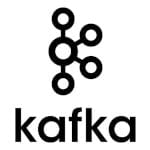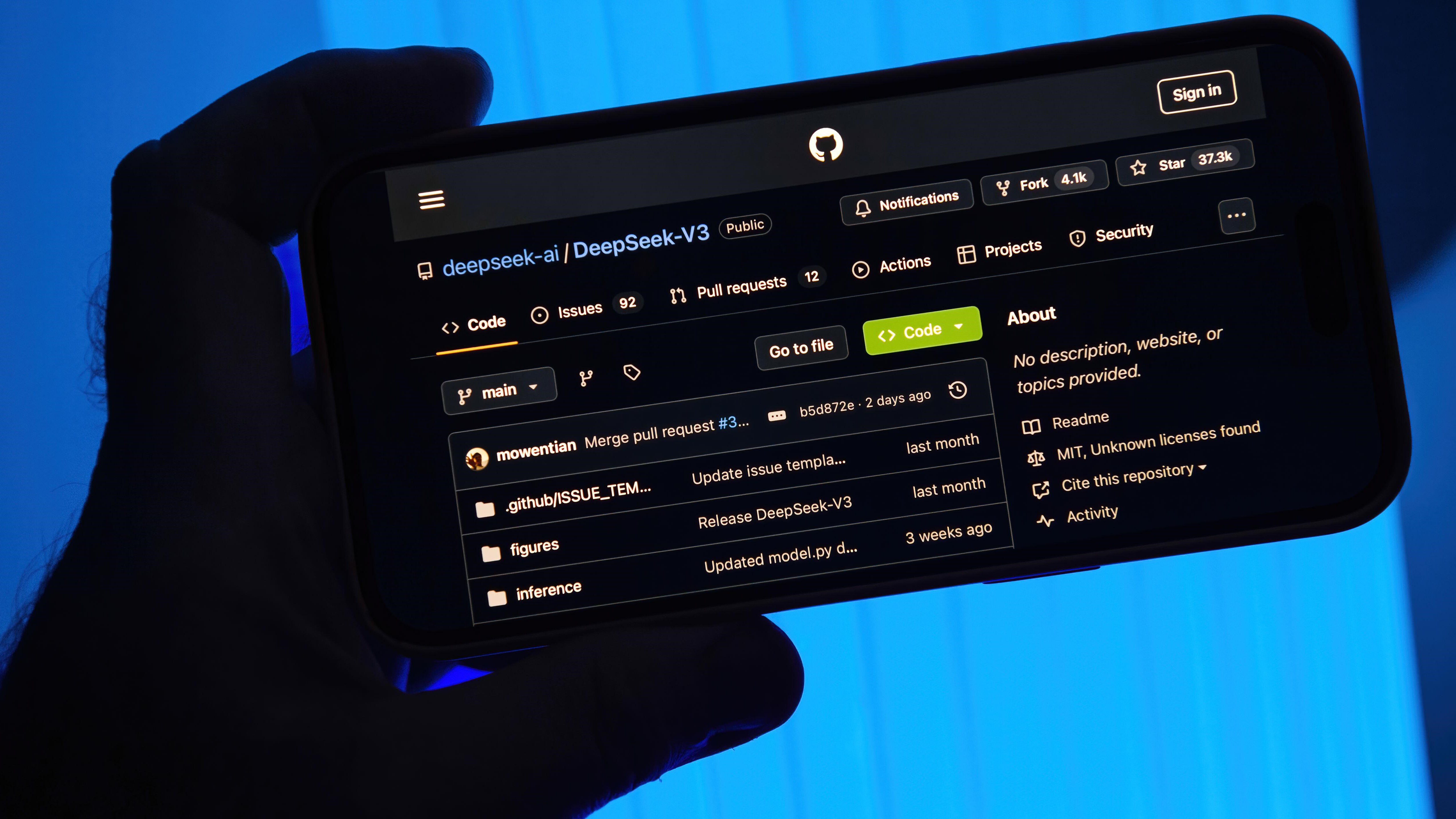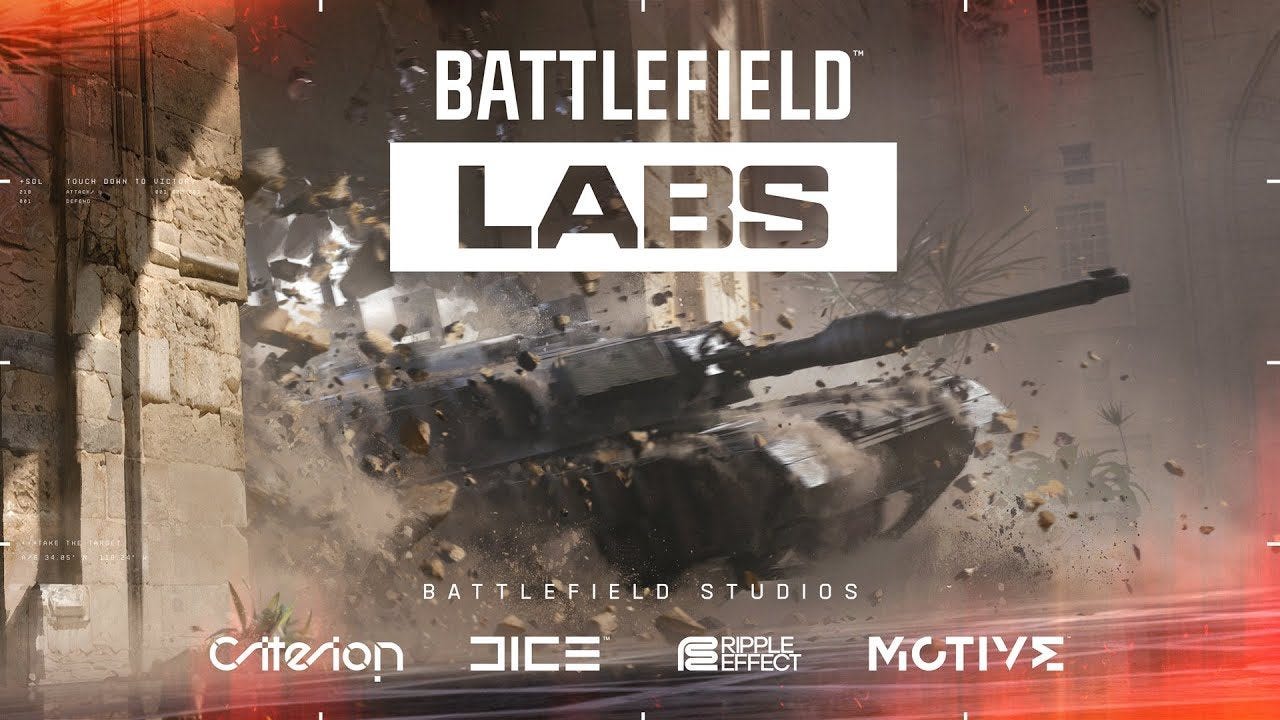SOAP, REST, and gRPC: A Developer-Friendly Guide of API Protocols
APIs (Application Programming Interfaces) are the backbone of modern software development, enabling seamless communication between different services. Over the years, multiple API protocols have emerged, each with unique strengths and trade-offs. This post explores three major API protocols—SOAP, REST, and gRPC—to help you choose the right one for your application. Choosing the Right API Protocol Feature SOAP REST gRPC Data Format XML JSON, XML, etc. Protocol Buffers (Binary) Transport HTTP, SMTP, TCP, UDP HTTP HTTP/2 Performance Slow (XML is verbose) Moderate High (Binary format) Security WS-Security (Enterprise) HTTPS (Optional) TLS/SSL (Built-in) Use Case Enterprise, Stateful Ops Public APIs, Microservices High-Performance Systems SOAP: The Enterprise-Grade Workhorse What is SOAP? SOAP (Simple Object Access Protocol) is the oldest API communication protocol, dating back to the late 1990s. It is an XML-based protocol that ensures strict messaging rules and supports enterprise-grade transaction security. How SOAP Works SOAP messages are formatted in XML and consist of four main parts: Envelope: Marks the start and end of the message. Header: Contains optional attributes for authentication or routing. Body: Holds the actual request or response data. Fault: Provides error information if something goes wrong. SOAP typically uses HTTP, SMTP, TCP, or UDP as its transport protocol. Features of SOAP XML-Based: SOAP messages are formatted in XML, which makes them highly structured but also verbose. WSDL Integration: SOAP often works with Web Service Description Language (WSDL), which defines the service’s contract and simplifies programming. Built-in Error Handling: SOAP includes a tag to provide detailed error information, making debugging easier. Stateful or Stateless: Unlike REST, SOAP can be stateful, supporting multi-step transactions. Cons of SOAP Verbose XML structure makes requests and responses heavyweight Slower processing due to XML parsing overhead Higher learning curve with strict rules and schemas Inflexible compared to REST and gRPC When to Use SOAP Enterprise applications requiring high security and reliability. Systems that need stateful operations (e.g., financial transactions). REST: The Modern Favorite What is REST? REST, or Representational State Transfer, was introduced in 2000 by Roy Fielding. It’s an architectural style rather than a protocol, built on the principles of simplicity and scalability. REST uses standard HTTP methods (GET, POST, PUT, DELETE) and supports multiple data formats, with JSON being the most popular. How REST Works REST is built on top of HTTP and uses standard HTTP methods like GET, POST, PUT, and DELETE. It supports multiple data formats, with JSON being the most popular due to its simplicity and readability. REST follows six key constraints: Uniform Interface: Consistent and standardized interactions. Client-Server Decoupling: Separation of concerns between client and server. Statelessness: Each request contains all the information needed to process it. Cacheability: Responses can be cached to improve performance. Layered System Architecture: Hierarchical layers for scalability. Code-on-Demand (Optional): Servers can extend client functionality by transferring executable code. Features of REST Stateless Architecture: Each request contains all necessary information, improving scalability. Supports Multiple Formats: Works with JSON, XML, and even plaintext. Cacheable: Improves performance by reducing redundant requests. Widely Adopted: Powers most modern web and mobile applications. Cons No built-in security mechanisms—relies on HTTPS for encryption Stateless nature can be limiting for complex transactions No formal schema enforcement, which can lead to inconsistencies Can be ambiguous, with multiple ways to implement RESTful APIs When to Use REST Public-facing APIs where simplicity and flexibility are key. Microservices architectures requiring scalability. Projects where caching and performance are critical. gRPC: The High-Performance Contender What is gRPC? gRPC (Google Remote Procedure Call) is a high-performance RPC framework developed by Google and released in 2015. It uses Protocol Buffers (Protobuf) instead of JSON or XML, reducing message size and improving efficiency. It’s designed for high-performance communication between services and is based on HTTP/2 and Protocol Buffers (Protobuf). How gRPC Works gRPC uses Protocol Buffers, a binary data format, to define the schema for communication. Both the client and server must have access to the same schema definition. It supports bidirectional streaming, allowing multiple requests and responses over a single connection, reducing latency. gRPC i

APIs (Application Programming Interfaces) are the backbone of modern software development, enabling seamless communication between different services.
Over the years, multiple API protocols have emerged, each with unique strengths and trade-offs.
This post explores three major API protocols—SOAP, REST, and gRPC—to help you choose the right one for your application.
Choosing the Right API Protocol
| Feature | SOAP | REST | gRPC |
|---|---|---|---|
| Data Format | XML | JSON, XML, etc. | Protocol Buffers (Binary) |
| Transport | HTTP, SMTP, TCP, UDP | HTTP | HTTP/2 |
| Performance | Slow (XML is verbose) | Moderate | High (Binary format) |
| Security | WS-Security (Enterprise) | HTTPS (Optional) | TLS/SSL (Built-in) |
| Use Case | Enterprise, Stateful Ops | Public APIs, Microservices | High-Performance Systems |
SOAP: The Enterprise-Grade Workhorse
What is SOAP?
SOAP (Simple Object Access Protocol) is the oldest API communication protocol, dating back to the late 1990s.
It is an XML-based protocol that ensures strict messaging rules and supports enterprise-grade transaction security.
How SOAP Works
SOAP messages are formatted in XML and consist of four main parts:
- Envelope: Marks the start and end of the message.
- Header: Contains optional attributes for authentication or routing.
- Body: Holds the actual request or response data.
- Fault: Provides error information if something goes wrong.
SOAP typically uses HTTP, SMTP, TCP, or UDP as its transport protocol.
Features of SOAP
- XML-Based: SOAP messages are formatted in XML, which makes them highly structured but also verbose.
- WSDL Integration: SOAP often works with Web Service Description Language (WSDL), which defines the service’s contract and simplifies programming.
-
Built-in Error Handling: SOAP includes a
- Stateful or Stateless: Unlike REST, SOAP can be stateful, supporting multi-step transactions.
Cons of SOAP
- Verbose XML structure makes requests and responses heavyweight
- Slower processing due to XML parsing overhead
- Higher learning curve with strict rules and schemas
- Inflexible compared to REST and gRPC
When to Use SOAP
- Enterprise applications requiring high security and reliability.
- Systems that need stateful operations (e.g., financial transactions).
REST: The Modern Favorite
What is REST?
REST, or Representational State Transfer, was introduced in 2000 by Roy Fielding.
It’s an architectural style rather than a protocol, built on the principles of simplicity and scalability.
REST uses standard HTTP methods (GET, POST, PUT, DELETE) and supports multiple data formats, with JSON being the most popular.
How REST Works
- REST is built on top of HTTP and uses standard HTTP methods like GET, POST, PUT, and DELETE.
- It supports multiple data formats, with JSON being the most popular due to its simplicity and readability.
- REST follows six key constraints:
- Uniform Interface: Consistent and standardized interactions.
- Client-Server Decoupling: Separation of concerns between client and server.
- Statelessness: Each request contains all the information needed to process it.
- Cacheability: Responses can be cached to improve performance.
- Layered System Architecture: Hierarchical layers for scalability.
Code-on-Demand (Optional): Servers can extend client functionality by transferring executable code.
Features of REST
- Stateless Architecture: Each request contains all necessary information, improving scalability.
- Supports Multiple Formats: Works with JSON, XML, and even plaintext.
- Cacheable: Improves performance by reducing redundant requests.
- Widely Adopted: Powers most modern web and mobile applications.
Cons
- No built-in security mechanisms—relies on HTTPS for encryption
- Stateless nature can be limiting for complex transactions
- No formal schema enforcement, which can lead to inconsistencies
- Can be ambiguous, with multiple ways to implement RESTful APIs
When to Use REST
- Public-facing APIs where simplicity and flexibility are key.
- Microservices architectures requiring scalability.
- Projects where caching and performance are critical.
gRPC: The High-Performance Contender
What is gRPC?
gRPC (Google Remote Procedure Call) is a high-performance RPC framework developed by Google and released in 2015.
It uses Protocol Buffers (Protobuf) instead of JSON or XML, reducing message size and improving efficiency.
It’s designed for high-performance communication between services and is based on HTTP/2 and Protocol Buffers (Protobuf).
How gRPC Works
- gRPC uses Protocol Buffers, a binary data format, to define the schema for communication. Both the client and server must have access to the same schema definition.
- It supports bidirectional streaming, allowing multiple requests and responses over a single connection, reducing latency.
- gRPC is contract-based, meaning the API contract is defined in a
.protofile, which is used to generate client and server code in multiple programming languages.
Features of gRPC
- Uses HTTP/2: Supports multiplexing, reducing latency.
- Binary Serialization: Protobuf makes message sizes smaller and faster to parse.
- Bidirectional Streaming: Supports real-time two-way communication.
- Strongly Typed Contracts: Code generation enforces API structure across different languages.
- Security: Uses HTTP/2 and TLS/SSL by default, providing strong security.
- Code Generation: Automatically generates client/server code from Protobuf definitions, reducing our time.
Cons
- Requires additional tooling for debugging (binary format is not human-readable)
- Limited browser support—requires a proxy for web integrations
- Adoption is still growing, making developer expertise harder to find
When to Use gRPC
- Microservices architectures requiring high performance and low latency.
- Real-time communication systems (e.g., chat applications, IoT devices).
- Projects where code generation and efficiency are critical.
Conclusion
Each API protocol has its place in modern development:
- Use SOAP when security, reliability, and stateful transactions are critical (e.g., banking, enterprise apps).
- Use REST for web and mobile applications where simplicity and flexibility matter.
- Use gRPC for high-performance, real-time applications that require efficient communication (e.g., microservices, streaming services).
Understanding the strengths and weaknesses of SOAP, REST, and gRPC will help you architect better APIs and choose the best tool for your needs.
Speaking of REST, are you on REST and wanted to document your APIs? I’ve been working on a super-convenient tool called LiveAPI.
LiveAPI helps you get all your backend APIs documented in a few minutes
With LiveAPI, you can quickly generate interactive API documentation that allows users to execute APIs directly from the browser.
If you’re tired of manually creating docs for your APIs, this tool might just make your life easier.





















































































